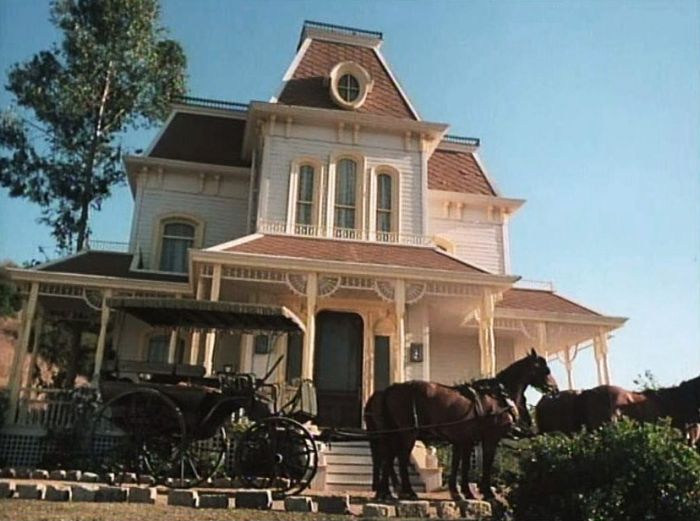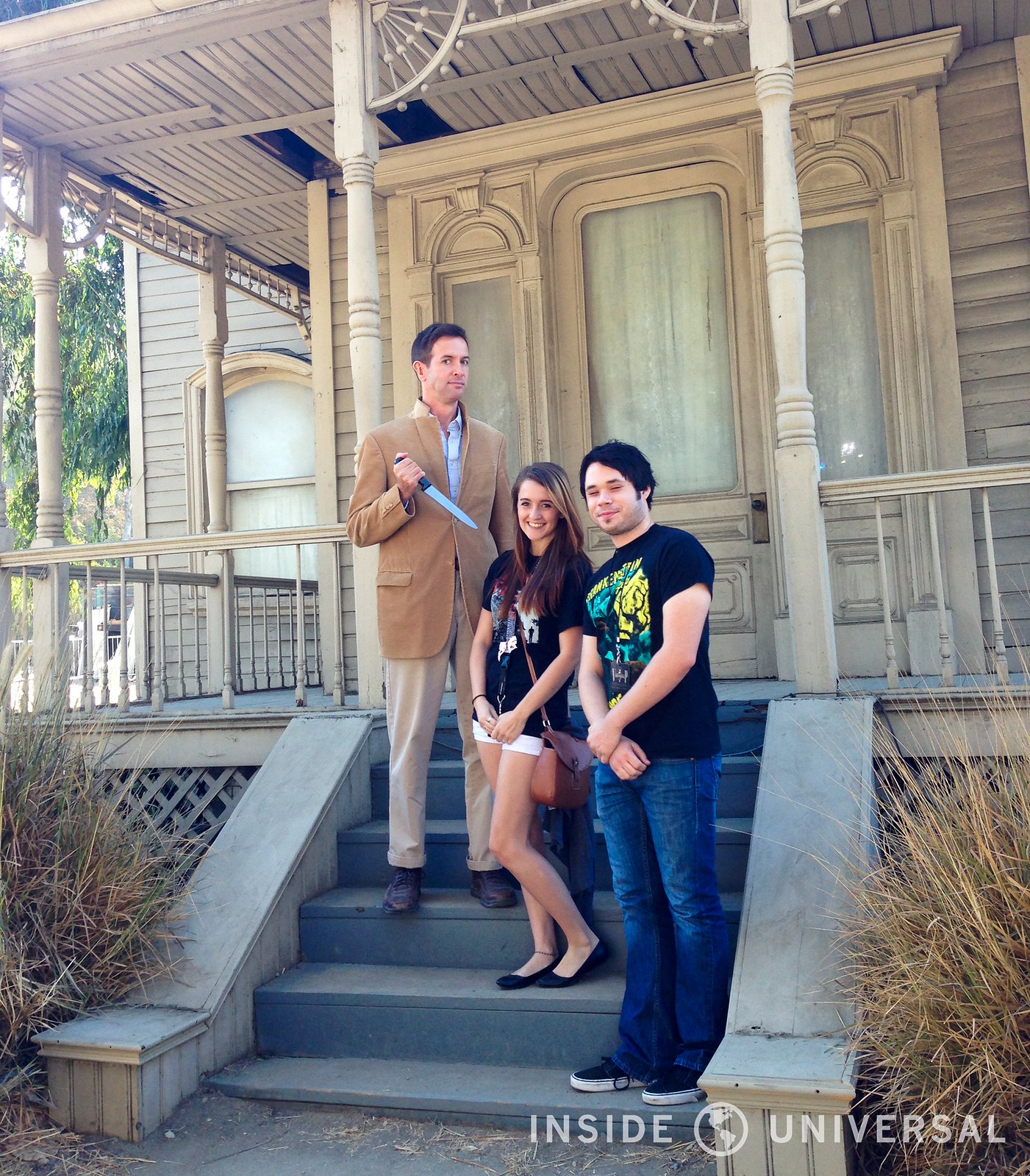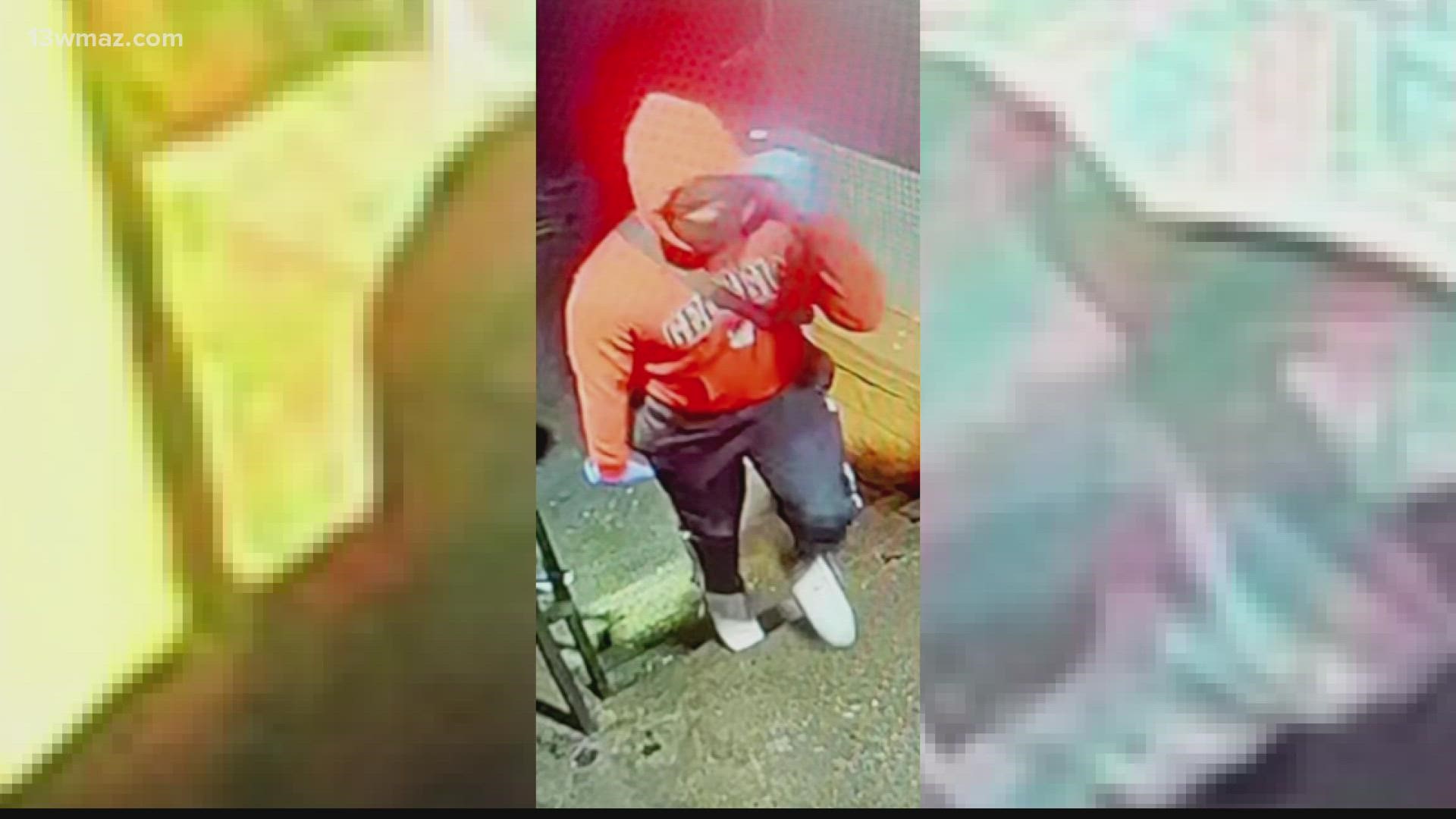Table Of Content

Its chilling presence overlooked the theme park, and, with the help of the house’s residents, Norman Bates and Mother, also served as the perfect venue for short-lived haunt attractions. Originally built as a two-sided façade that could only be shot from one angle, the full structure was completed later on to better suit the needs of different productions. The house was put to use on TV immediately after Psycho’s release, appearing in the Old West, on creepy anthology shows and as a historical mansion. When it comes to horror movie houses, there is perhaps none more iconic than the towering mansion overlooking the Bates Motel from Alfred Hitchcock’s Psycho. But the building’s instantly recognizable looks didn’t stop producers from using it over and over again.
The Architecture of Alfred Hitchcock
A well-known actor while shooting a big movie on the Universal lot back in 1999 dressed up as “mother” and leapt out from behind the Psycho house with an axe scaring the bejeesus out of everyone on the tram, including the guides. It is likely that I sound like a broken record at this point, but I love all things horror related. While this may not be one of the original monster movies that helped to keep this studio afloat (in fact, it isn’t even a Universal movie), it is one of the most iconic movies of its kind. It created the opportunity for future horror filmmakers to push the boundaries much like Alfred Hitchcock did 55 years ago. The Psycho House stands as a physical reminder of the impact Hitchcock made on the horror and suspense world.
Item added to your cart
As the illusion became threatened, Norman began to dress up like her, wear her clothes and make-up. But now, Richmond tells us, there is no more Norman; Mother had fully taken over. The two grew increasingly close, and Norman poisoned them both out of jealousy. The matricide proved to be such a burden on Norman that he had to “erase” the crime from his mind.

Release
The standing set was on a relatively large plot of land with no guest pathway leading directly to the structures. Universal Studios Florida, with heavy ties to Hollywood, was designed to double as a working film studio. Universal Studios Florida was slated to open to guests in summer 1990, and the park’s studio portion was available as soon as mid-1988 for filming. Kaley is a Southern California native who grew up within miles of all the greatest theme parks.
Filming
Universal Orlando Was Home to the 'Psycho' House, But Demolished It - Inside the Magic - Inside the Magic
Universal Orlando Was Home to the 'Psycho' House, But Demolished It - Inside the Magic.
Posted: Mon, 22 Feb 2021 08:00:00 GMT [source]
After Norman says goodnight to Marion, we journey with him up the nearby hill and into the first floor of the house, where he sits down at the kitchen table dejected and embarrassed by his inability to converse with Marion. The camera follows him there as a misdirect aimed to convince us that Norman played no part in what will soon happen in the motel bathroom. She kills the private investigator Arbogast (Martin Balsam), who only gets to the top of the stairs before she knocks him back down with the force of her knife. Briefly during filming for the movie’s flashback sequences of a teenage Norman and young Norma Bates, the house was given a fresh yellow coat of paint, and the motel was spruced up to be lively and inviting.
American Psycho: Why The Apartment Was Clean (What Happened To The Bodies?) - Screen Rant
American Psycho: Why The Apartment Was Clean (What Happened To The Bodies?).
Posted: Wed, 01 Nov 2023 07:00:00 GMT [source]
‘Stock units’ were taken from existing structures and pieced together to create whatever the studio needed at the time. As a result, the tower section of the Bates house actually came from another home set that stands on Universal’s back lot. Marion's sister Lila arrives in Fairvale a week later, tells Sam about the theft, and demands to know where Marion is. A private investigator named Arbogast approaches them, saying that he has been hired to retrieve the money. He stops at the Bates Motel and questions Norman, whose nervous behavior and inconsistent answers arouse his suspicion.

THE PSYCHO HOUSE
During this time, Universal used the set for its annual Halloween Horror Nights event. It first served as the backdrop for a show in the first-ever Fright Nights and then for Psycho-themed haunted houses as featured in the third and fourth years of Halloween Horror Nights. Other on-site filming locations included Universal Studios’ broadcast center and the Swamp Thing set in the back of the park.
Psycho, Bates Mansion, Movie Set
The Bates mansion and its large hill took up a large, valuable plot of land in the park. The facades, while still exciting for horror fans, didn’t offer much to theme park guests. Since the structures had no interior, guests could not actually enter these attractions or come close to them.
The Mystery of Uruguay's Ferocious, All-Female Cannibal Insects
Hitchcock called this inclination a “natural instinct,” and noted that audiences experienced a fleeting sense of relief when the car finally sinks. The film ends with the famous shot of Norman (or Mother), a blanket wrapped around his (her) shoulders. The voice of Mother tells us that she had to take over because Norman was trying to blame her for the murders. A fly lands on Norman’s hand, and Mother tells us she is not going to swat it away.
Sets like Manderlay, the mansion in Rebecca, are plagued by inconsistencies, many of which are nonetheless impossible to spot on the screen. Superfluous sectional changes and baroque nooks are introduced to accommodate the sweep of the camera or, in many cases, a single camera position. Even when the sets are consistent, their design reveals the hand of a particularly inept architect. The plan for the Bates house in Psycho, for instance, gives you an idea about how oppressively small Norman’s bedroom is.
The 2013 "contemporary prequel" television series Bates Motel sets the motel in the fictional town of White Pine Bay, Oregon. According to Robert Bloch's source novel, it was originally built when Norma's fiancée Joe Considine persuaded her to sell the farmland she owned and build a motel on the land between the family house and the highway. When a new highway opened, with a junction to the old highway approximately 30 miles away, the number of visitors to the motel declined sharply. The drawings are “reconstructions of spaces that never existed,” Jacobs says, and as such, they don’t always make sense architecturally.
For a long, long time before the story really begins, Great Aunt Victoria’s house had been standing behind its high iron fence. Its steep roofs had pointed up against the sky, and its tall windows had looked out over fine gardens. And for all that long time, too, Great Aunt Victoria’s house had been painted the color of chocolate cake. This was an ostentatious, luxurious style of house which shouted money. It is intimidating to write about Psycho — a film I love deeply — because there has been more writing about it than one could ever read in a year or two, let alone in preparation for writing an article in a week.

No comments:
Post a Comment